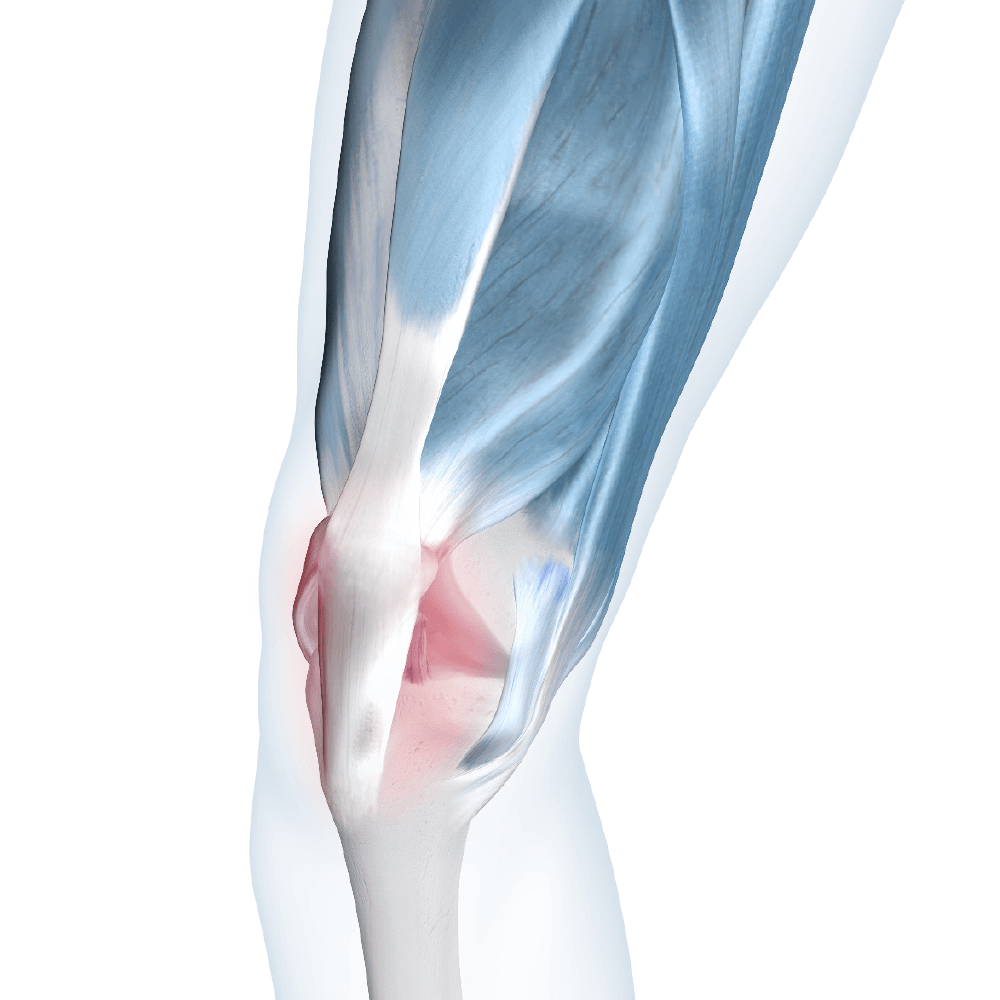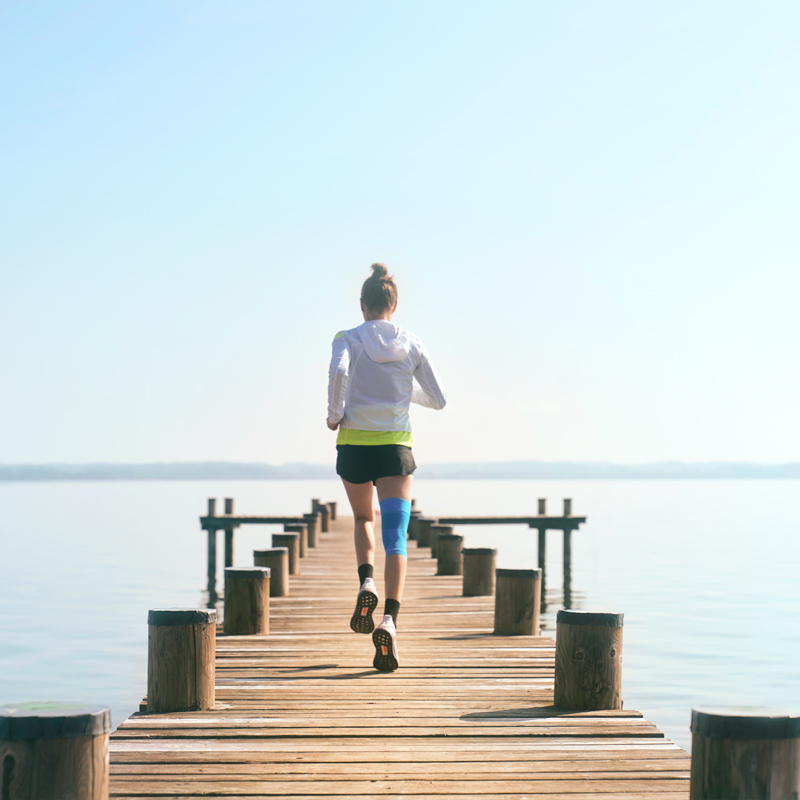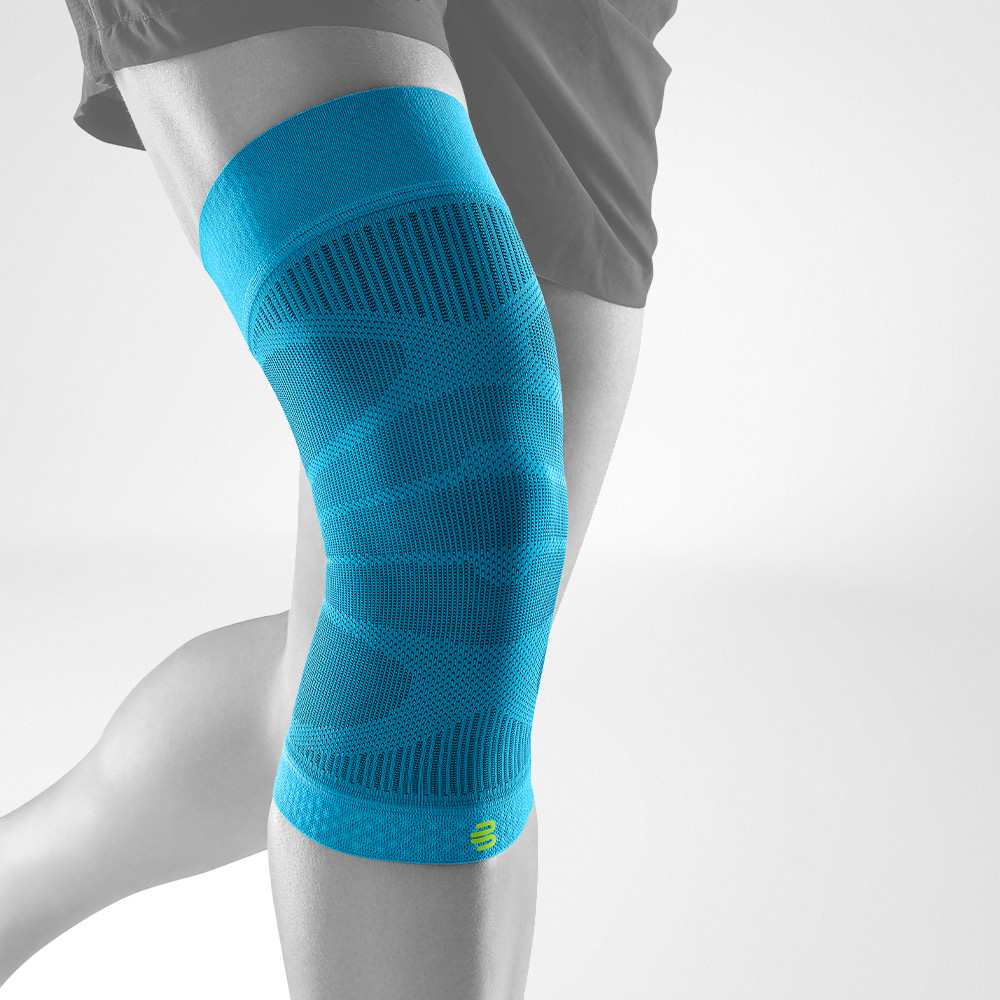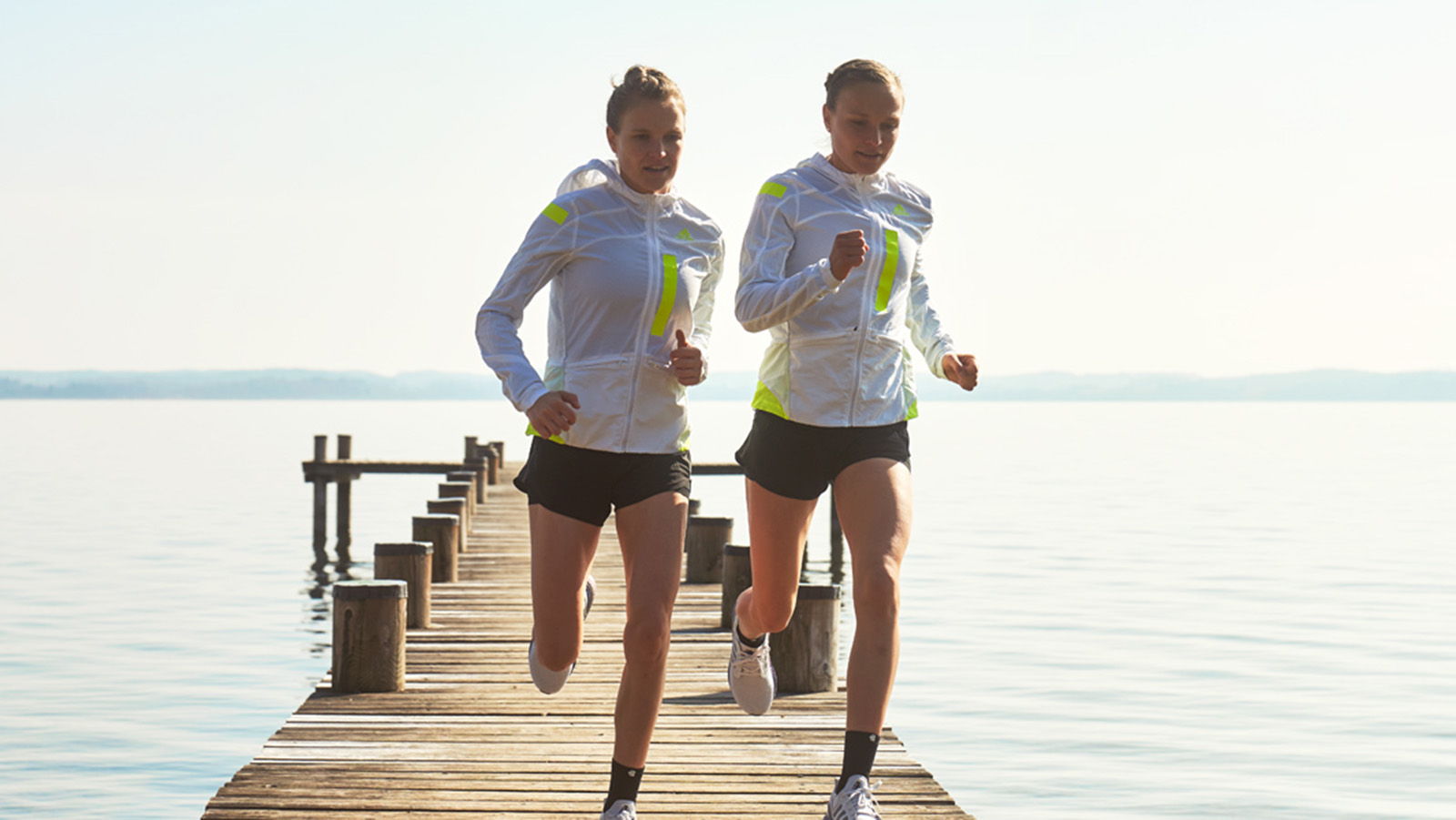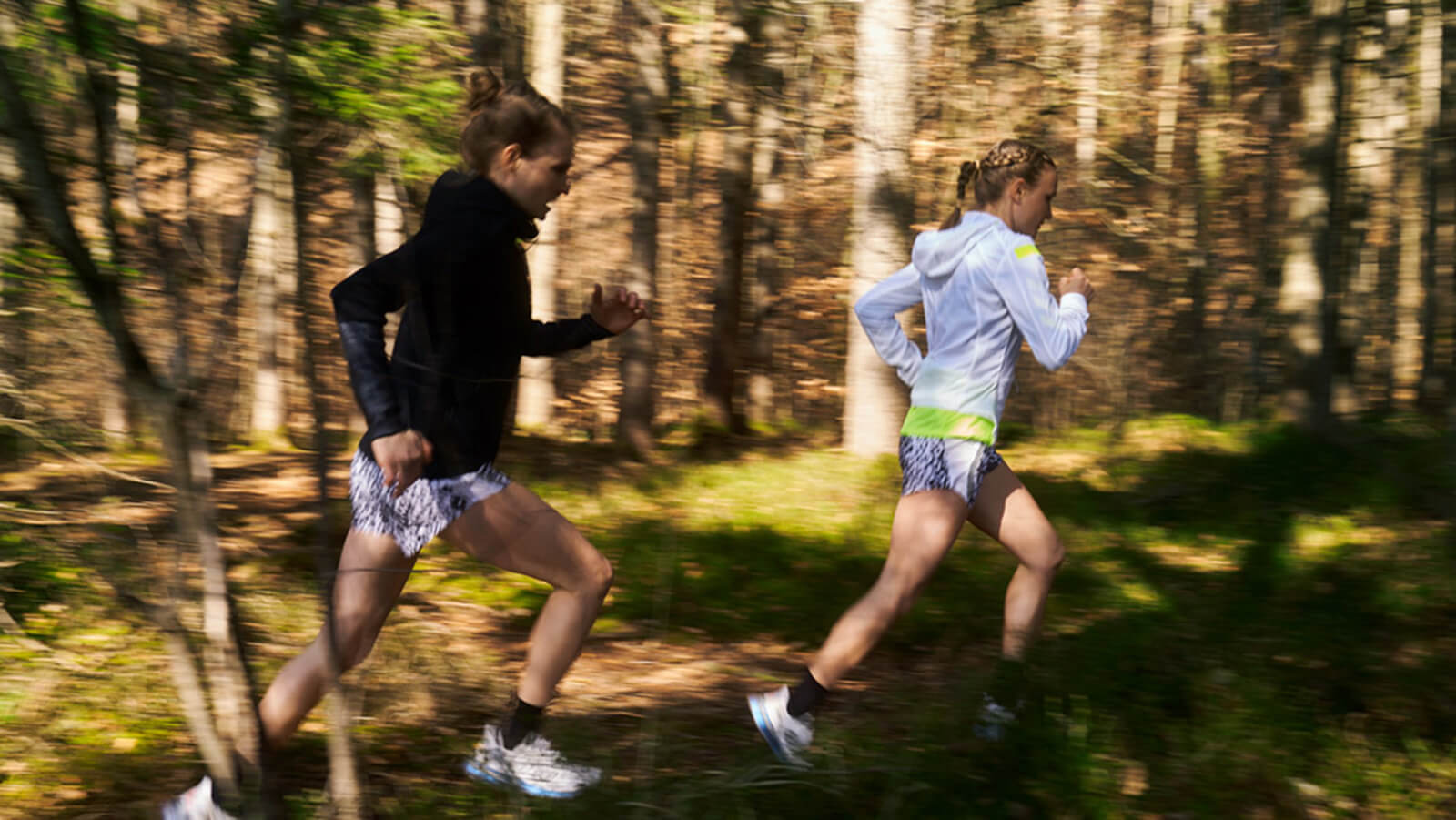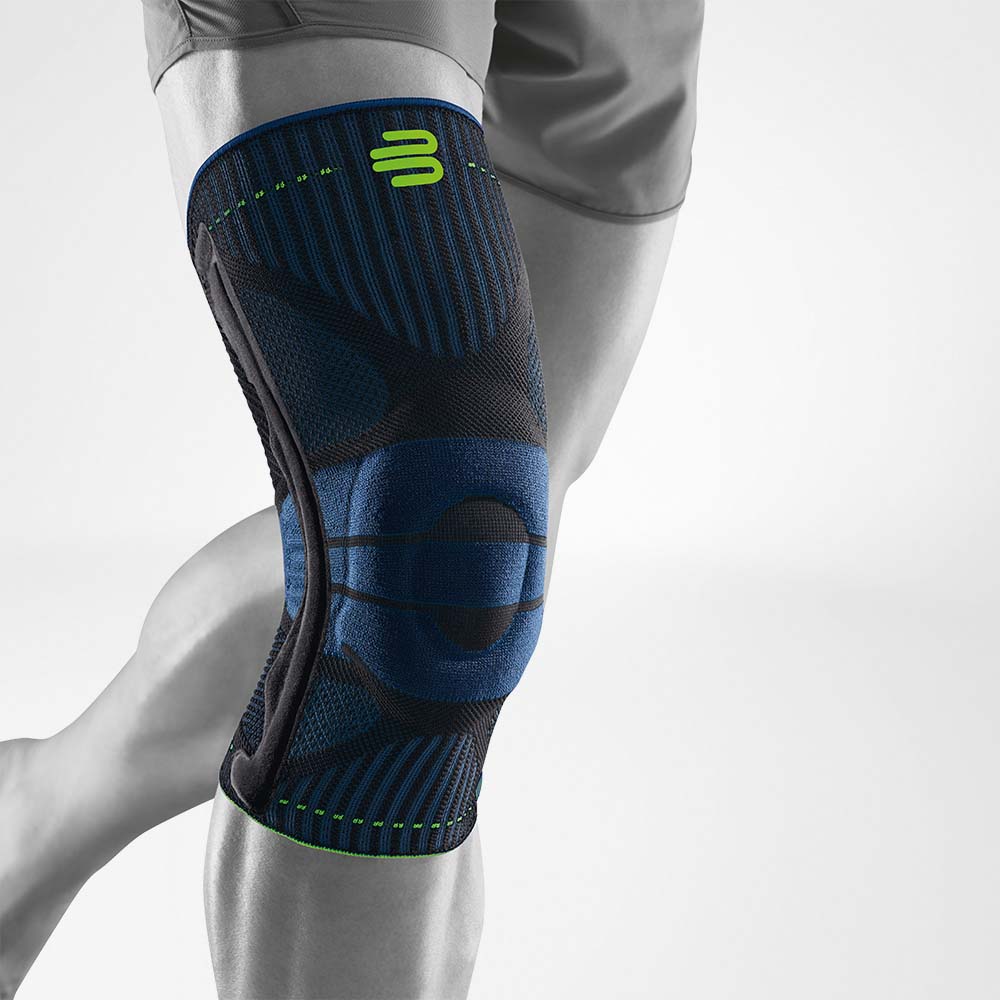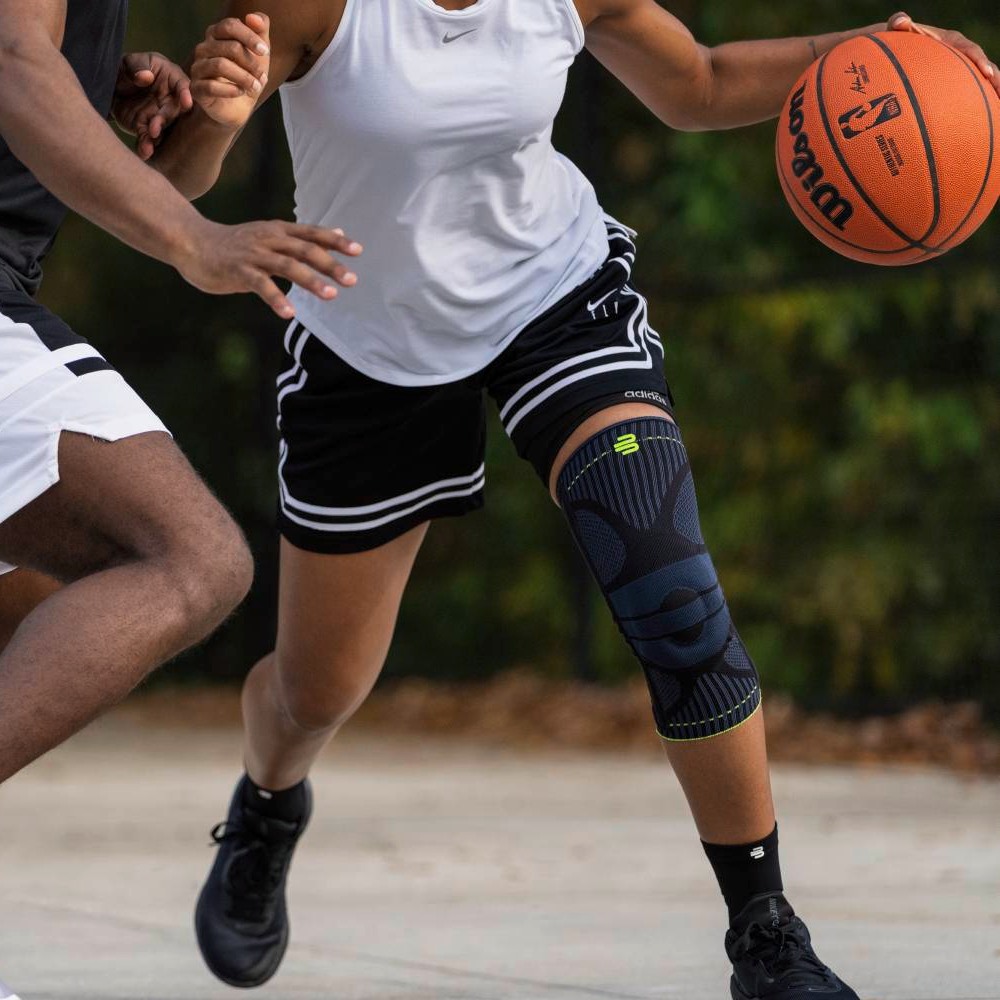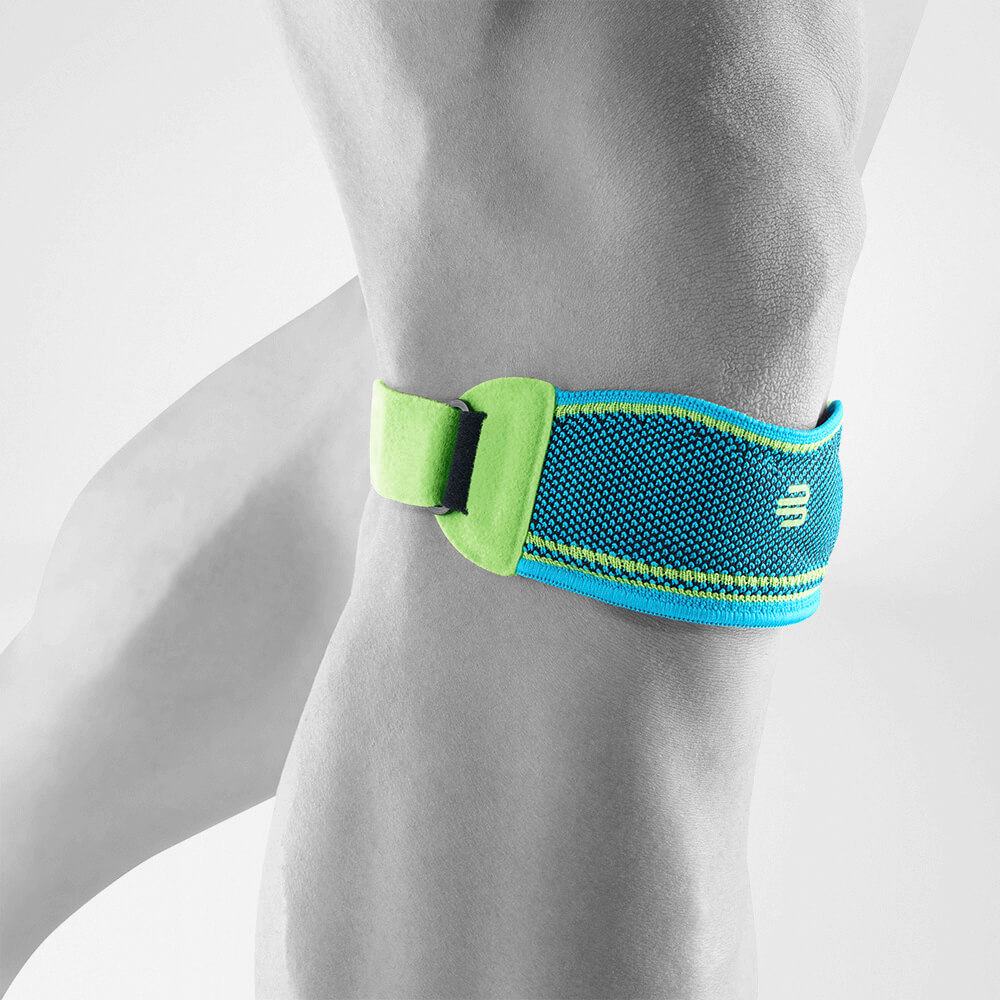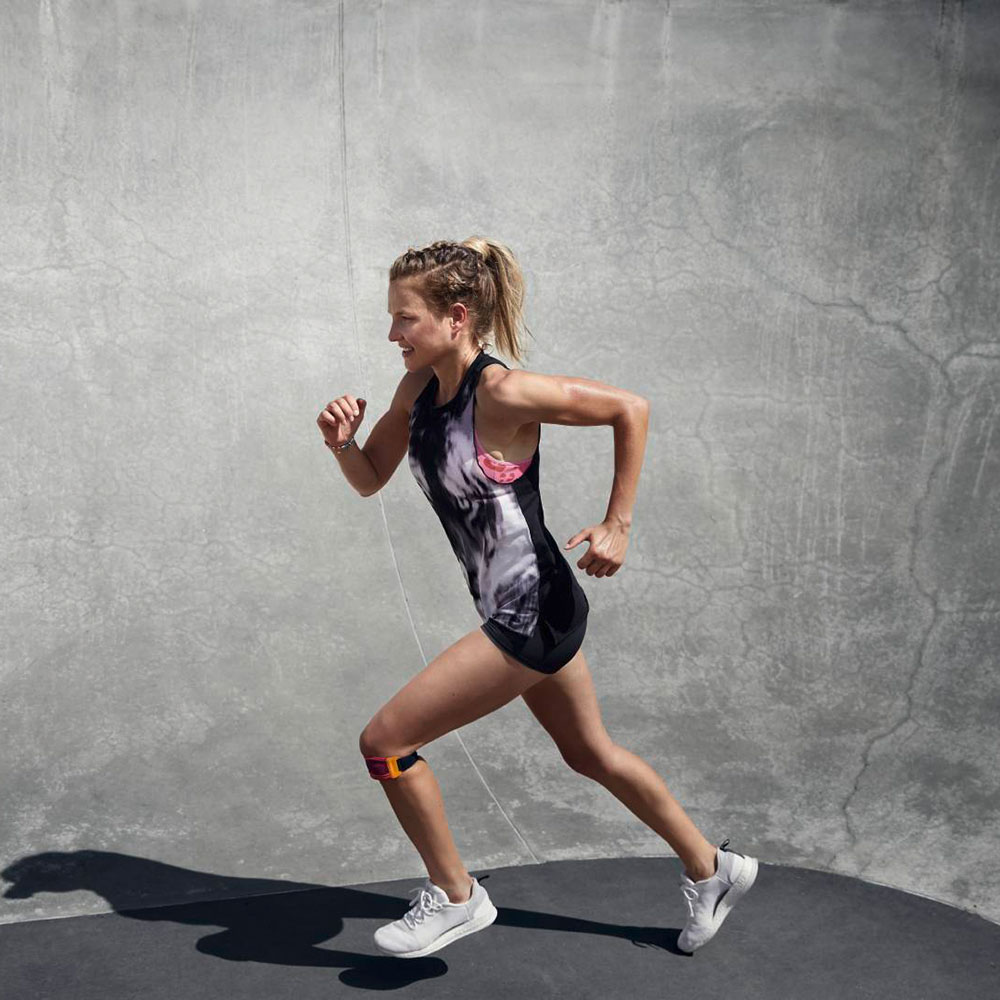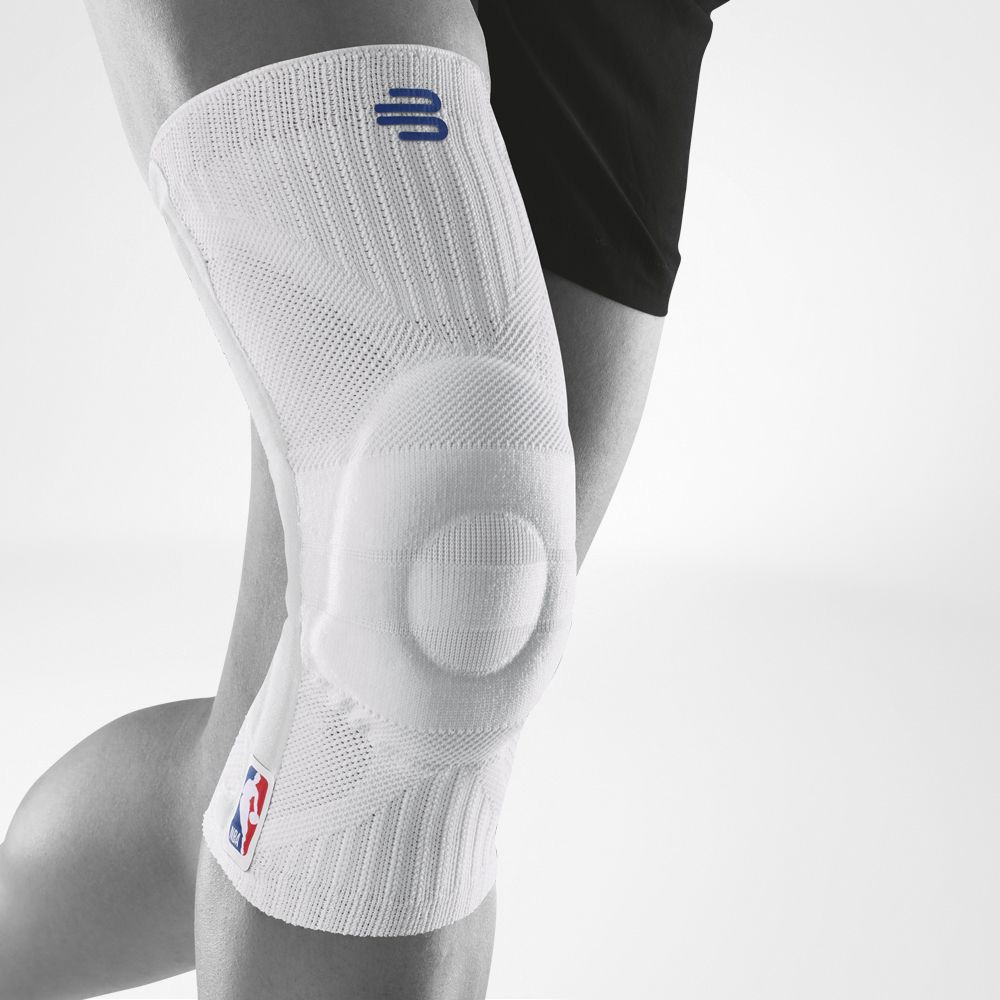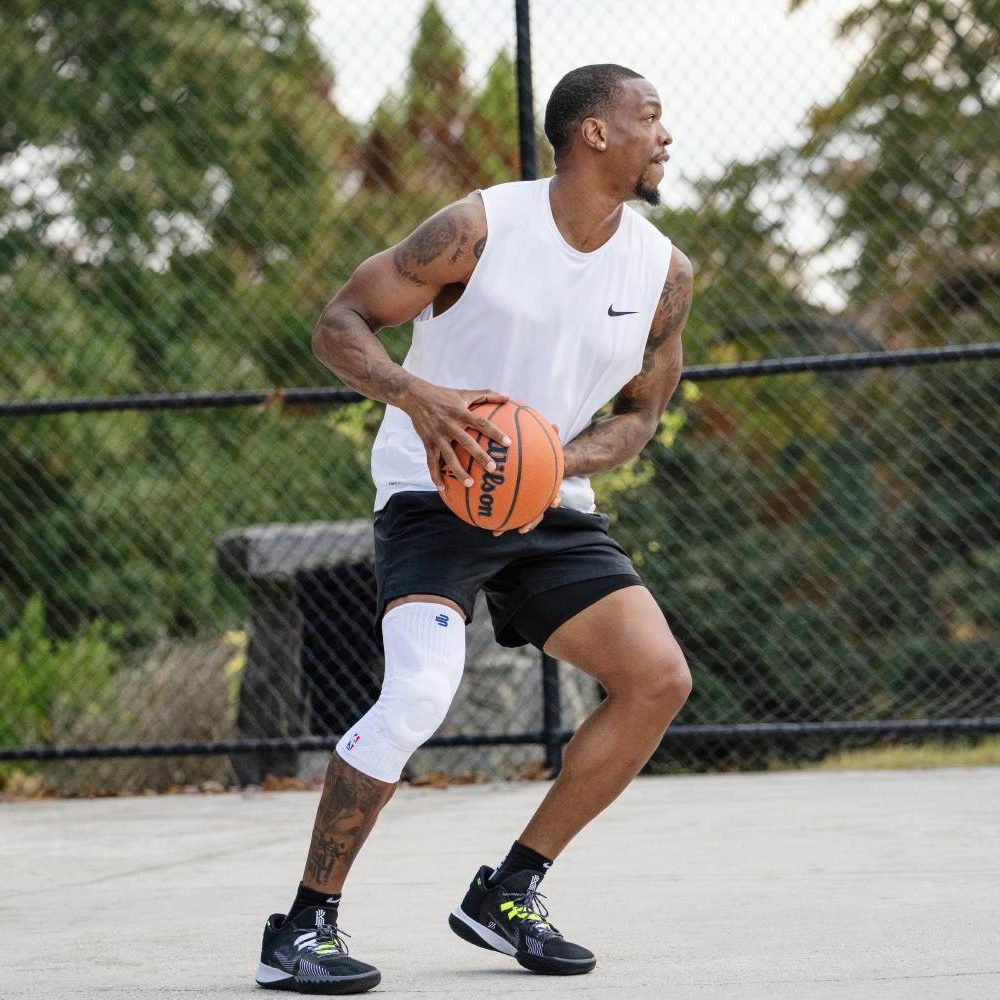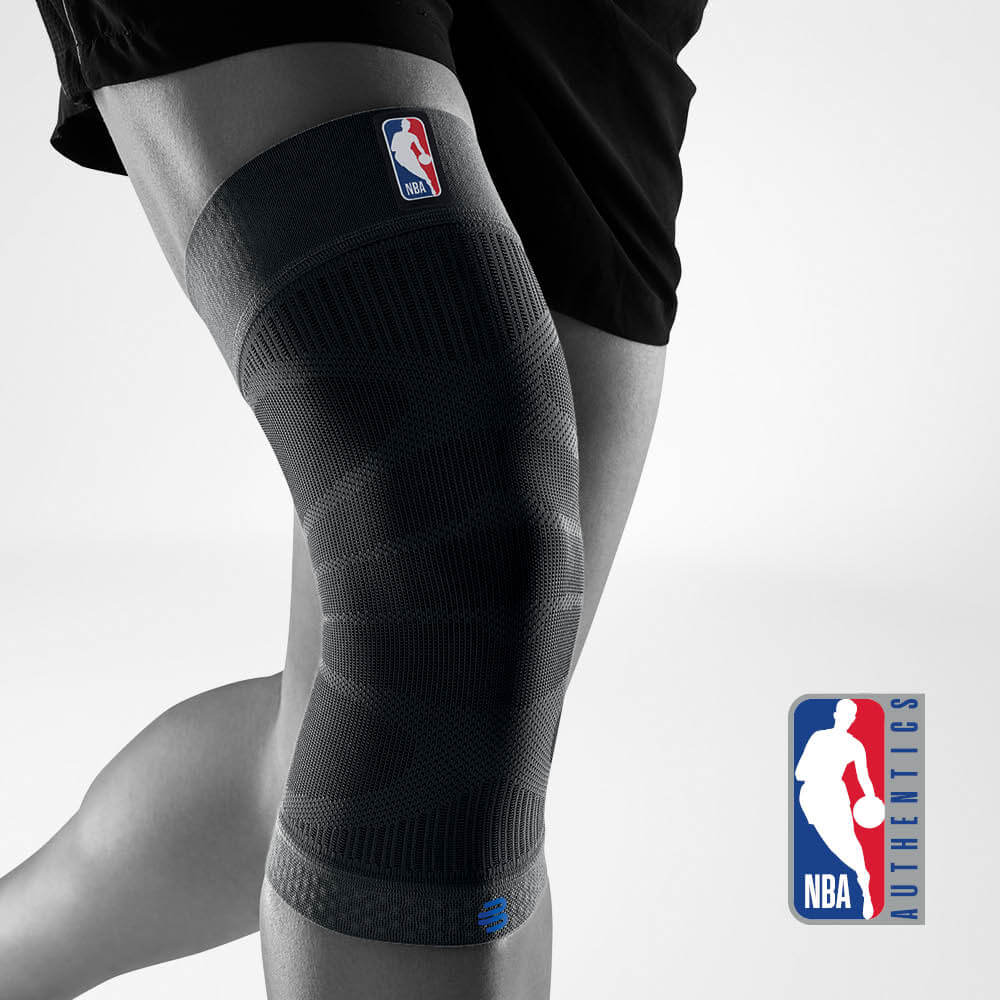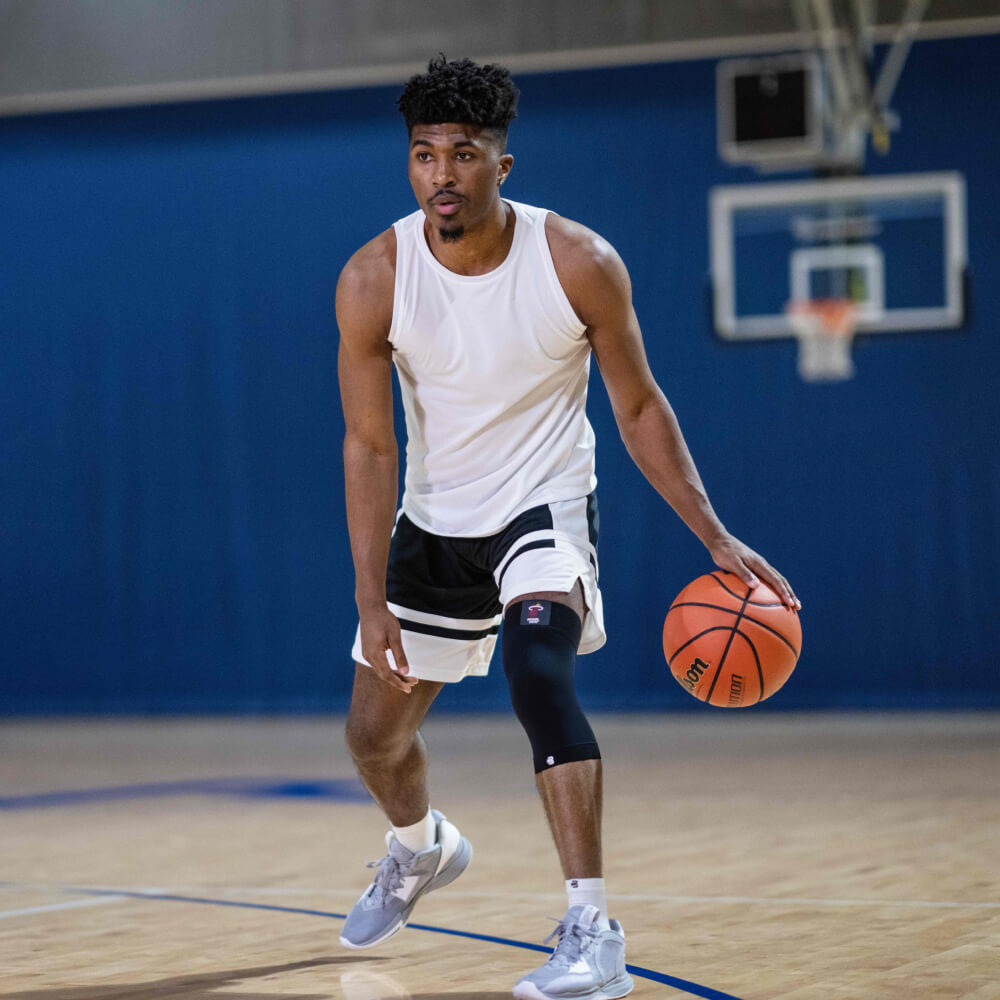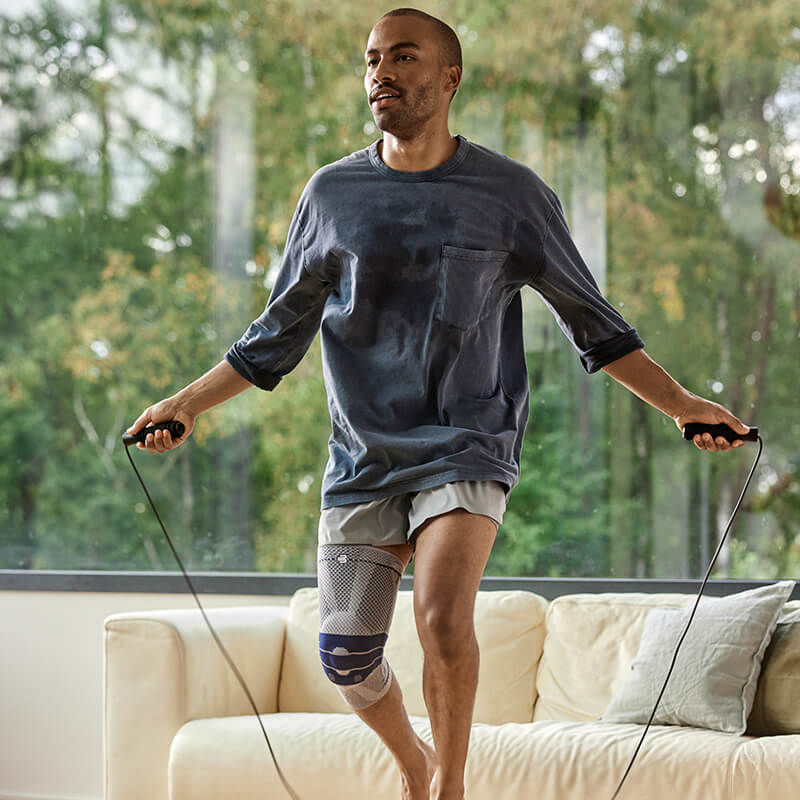Sore Knees while running
Discover lasting and effective relief from mild knee pain.
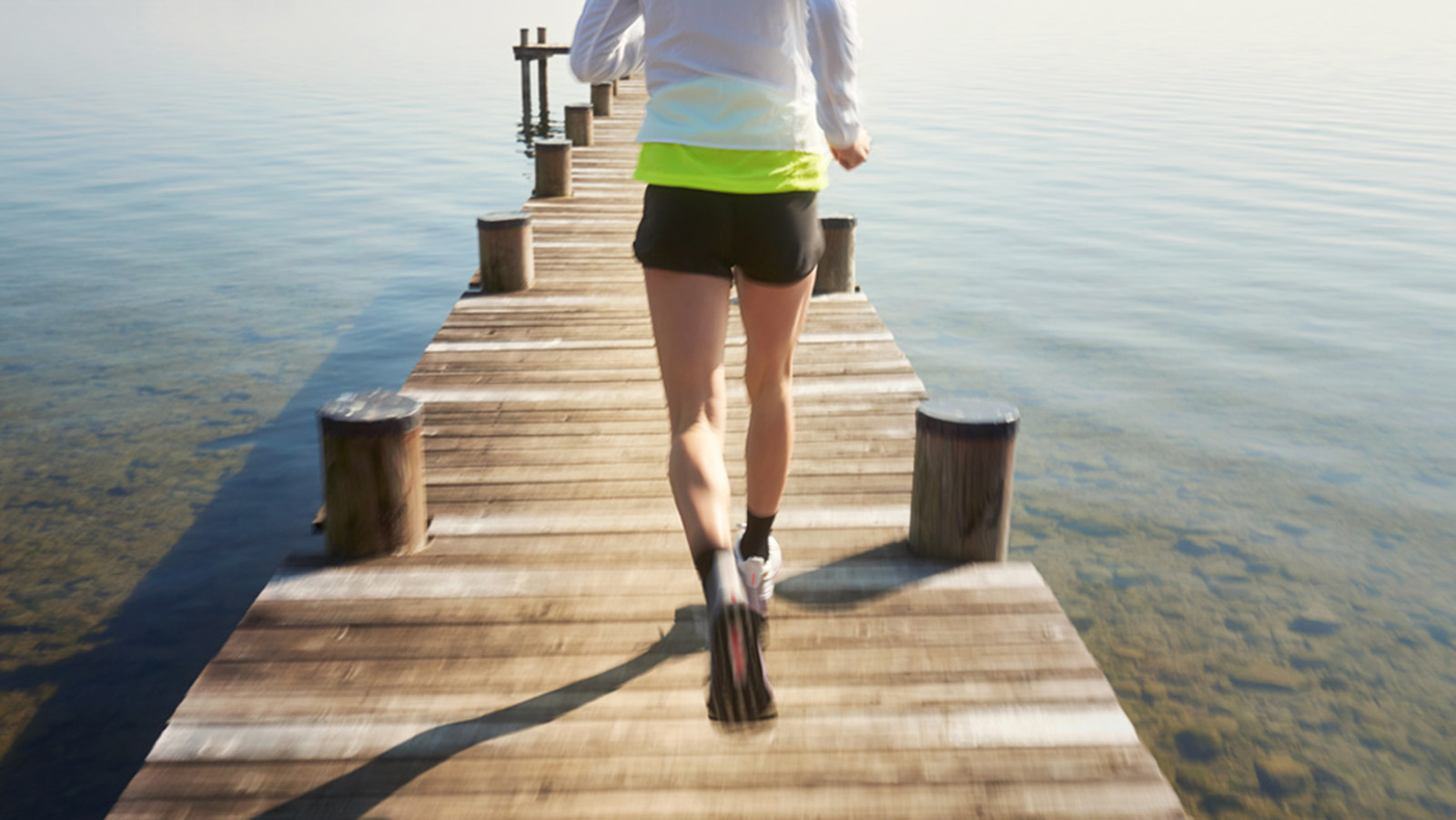
When you feel mild pain around your knee or calf, speculation soon follows. After all, you don't want anything to stop your training. At the first sign of pain while running, it’s time to look for the cause.
What causes knee pain?
The knee is a joint with complex structures. Knee pain can have many causes: tight muscles, biomechanical misalignment, a damaged meniscus, ligament issues, an acute injury, or if you are training a lot, overuse.
When to see a doctor?
While most knee pain can be treated at home, consult a doctor if your pain does not subside within a few days. Immediately see a doctor if you experience fever, chills or your knee is red and/or feels warm to the touch, as each could be an indication of infection.
To diagnose the problem, make an appointment for your knee to be reviewed by a healthcare professional. The more accurate the information you provide, the more effectively your doctor will be able to help. To prepare for the appointment, consider the following questions:
- When did you experience the pain for the first time?
- In which situations does the pain occur?
- How does the pain feel like?
- Have you previously had knee problems?
- How hard do you train?
- Have you tried to treat the pain with the RICE method?
- If so, what did you do, and was it successful?
Depending on the diagnosis, your doctor can recommend suitable treatment.
While most knee pain can be treated at home, consult a doctor if your knee pain does not subside within a few days. Immediately see a doctor if you experience fever, chills or if your knee is red and/or feels warm to the touch, as each could be an indication of infection.
What to do about mild knee pain?
If your knee pain is mild, try applying ice or heat. But which one? If your problems are caused by inflammation or overuse, ice will help. Use a cold pack or ice and wrap it in a towel. Don’t ice your knee for too long at a time; 20 minutes is the maximum.
If, on the other hand, muscle problems are causing the pain, then heat may be the right choice. The same applies here as well: not too hot and not for too long. If you’re not sure whether heat or ice is better, listen carefully to your body – stop if you think you're making things worse!
Adding a compression knee support can help mitigate mild knee pain and get you back to running. Bauerfeind's Sports Compression Knee Support can help improve your circulation and sensorimotor feedback (proprioception) to provide some stability and confidence while you recover.
Sports Compression Knee Support
Seamless compression for moderate joint support: This lightweight, breathable support surrounds the joint with 360º of targeted compression to stimulate circulation, improve stability and lower the risk of injury.
You might also be interested in:
Patellar Tendonitis
Read more about symptoms, causes and treatment.
Runner's Knee
Learn about the most common knee injury for runners.
Pes Anserine Bursitis
What is Pes Anserine Bursitis and how is it treated?
Running Injuries
Read about running related knee injuries and how to treat them.
This information is provided for general information purposes and should not be relied on as a substitute for medical advice, evaluation or care from a qualified and licensed health care provider. The information contained here is not to be considered a plan of care of physical therapy.

